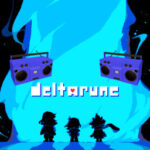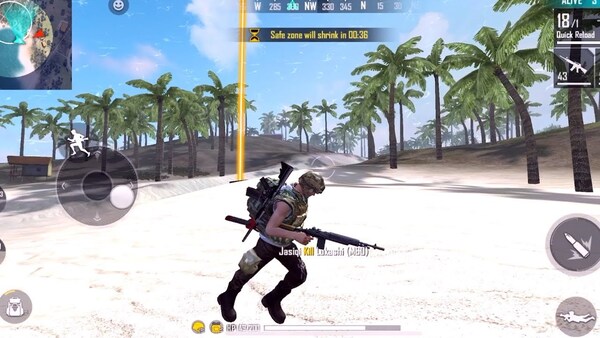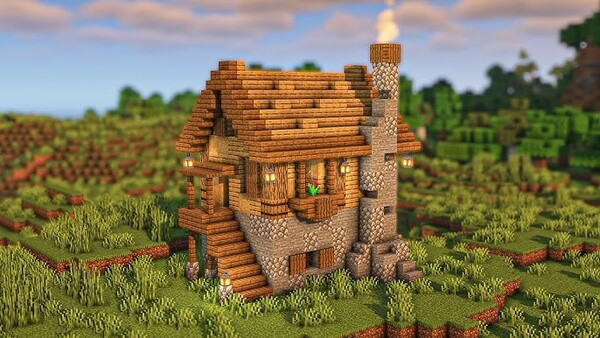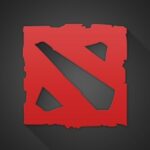Popular Now
Free Fire is more than just a fast-paced battle royale; its unique character system sets it apart in the crowded genre. Unlike other games that rely solely on player skill and weapon stats, Free Fire introduces characters with unique active and passive abilities that dramatically affect gameplay strategies and outcomes. This article explores the intricate mechanics of Free Fire’s character system, tracing its evolution, analyzing key character skills, synergy potentials, and how the meta has shifted over time. This deep dive is designed for players who want to understand beyond the surface — how character choices influence battles, team compositions, and even esports strategies.
The Genesis of Characters: Early Skill Design
Introducing Abilities to Battle Royale
When Free Fire launched its character system, it introduced a novel approach: each character came with a distinct skill that could alter combat dynamics. This move differentiated Free Fire from other battle royale games by rewarding strategic character selection as much as shooting accuracy.
Passive vs. Active Skills
Early characters mostly had passive abilities—skills that triggered automatically, such as increased movement speed or faster healing. This allowed players to subtly customize their playstyle. For example, the character Kelly’s “Dash” passive skill gave a speed boost, promoting aggressive flanking.
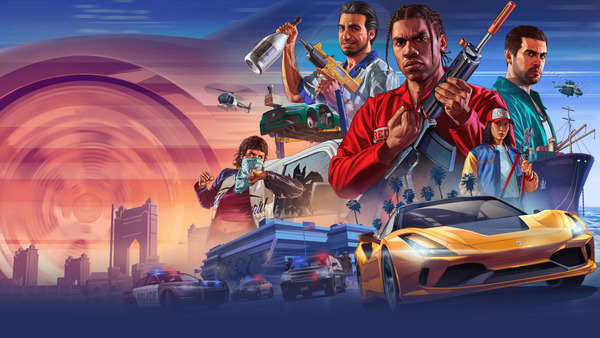
Skill Evolution: The Shift Toward Active Abilities
Empowering Players with Control
As the game matured, Free Fire introduced more active skills requiring manual activation, adding layers of skill expression. For instance, characters like Moco with “Hacker’s Eye” or K with “Master of All” required players to think tactically about when to activate their abilities.
Balancing Skill Cooldowns
This transition demanded careful balancing. Cooldown times and activation windows had to be optimized to avoid overpowering certain characters while maintaining their unique identity. This created new meta considerations where timing could decide the outcome of a firefight.
Meta Shifts: How Character Skills Changed Competitive Play
From Individual Power to Team Synergies
The character meta evolved from focusing on solo power into synergistic team compositions. Some skills complemented each other, creating powerful combos, such as pairing Alok’s healing aura with Kelly’s speed boost for a mobile, sustained attack force.
Meta Examples in Esports
Esports teams often pick characters not just for raw ability but synergy. For example, a popular combo involved using Jota’s “Sustained Raids” skill to quickly recover HP while Wukong’s camouflage skill allowed stealth maneuvers, combining offense and defense.
Understanding Character Skill Categories
Mobility, Defense, Support, and Offense
Character abilities broadly fall into four categories: mobility (movement speed, dash), defense (shields, healing), support (team buffs, revives), and offense (damage boosts, enemy debuffs). Mastering which category fits your style is essential for strategic play.
List of Popular Characters by Skill Type
-
Mobility: Kelly, Hayato
-
Defense: Kapella, Clu
-
Support: Alok, Caroline
-
Offense: Jota, Chrono
Deep Dive into Popular Characters and Their Skills
Chrono – The Game-Changer
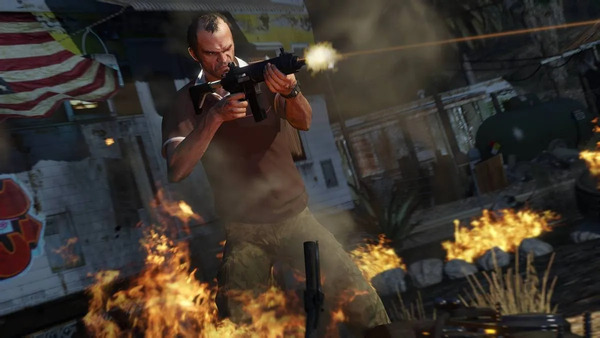
Chrono, inspired by Cristiano Ronaldo, offers a shield with movement speed bonuses that protects against damage while allowing rapid engagement or escape. His skill “Time Turner” redefined aggressive playstyles in Free Fire.
Impact on Solo and Squad Play
Chrono’s shield can absorb significant damage, letting solo players survive longer, or squads push enemies with more confidence. This skill balances offense and defense, making Chrono one of the most versatile characters in the meta.
Character Leveling and Skill Upgrades
Enhancing Skills Over Time
Skills can be upgraded through character leveling, enhancing cooldowns, effect duration, or potency. This progression system encourages long-term investment in favorite characters, affecting gameplay depth.
Strategies for Efficient Leveling
Players prioritize upgrading characters that fit their main playstyle or team composition. Using characters in matches yields experience, and completing events can grant resources needed for faster skill enhancements.
Team Composition: Crafting Balanced Squads
Mixing and Matching for Maximum Efficiency
A balanced squad involves combining characters with complementary skills. For example, pairing a defensive healer like Kapella with an aggressive damage dealer like Jota allows teams to maintain pressure while sustaining themselves.
Countering Enemy Teams
Understanding enemy team composition is key. If facing high mobility squads, deploying characters with crowd control or damage reduction skills can provide an edge. Versatility in squad makeup is often the deciding factor in ranked matches.
The Role of Characters in Ranked and Clash Squad Modes
Adapting Skills to Game Modes
Ranked mode rewards consistent performance over many rounds, making characters with healing or mobility skills highly valuable. Clash Squad, a more tactical and shorter format, often favors characters with burst damage or area control skills.
Meta Examples
In Clash Squad, players frequently pick characters like Hayato for damage boosts or Kapella for team healing. Meanwhile, ranked mode sees more use of Alok’s aura for sustained team survival.
Balancing Challenges and Ongoing Updates
Continuous Tuning by Developers
Garena’s team regularly adjusts characters’ skills to maintain game balance. Buffs and nerfs keep the meta fresh but require players to adapt their strategies continually.
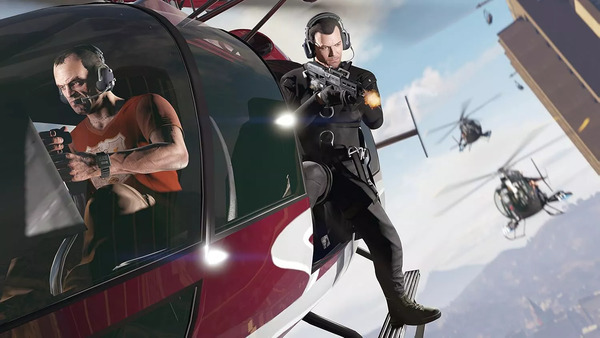
Community Feedback and Patch Notes
Player feedback heavily influences skill tweaks. Patch notes are closely analyzed by competitive players who adjust their character picks and squad strategies accordingly.
Future of Free Fire’s Character System: Trends and Predictions
Increasing Complexity and Customization
Free Fire is expected to continue expanding character abilities, potentially allowing skill customizations or hybrid skill trees. This would deepen strategic options and player identity.
Integration with New Game Modes
Upcoming modes might highlight specific skill types or introduce characters with unique abilities tailored to those modes, encouraging fresh team dynamics and tactics.
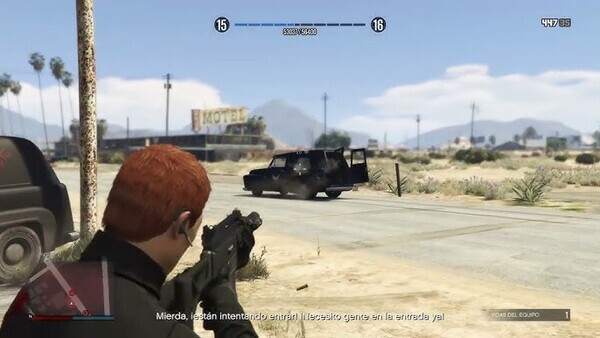
Conclusion
Free Fire’s character system is a masterstroke of design that combines RPG elements with battle royale action. Its evolution from simple passive skills to complex active abilities and team synergies has reshaped how players approach every match. Understanding the nuances of character skills, leveling, and synergy is essential for anyone serious about mastering the game. The dynamic meta and constant balancing ensure that skillful play and strategic thinking remain at the core of Free Fire’s enduring appeal.





